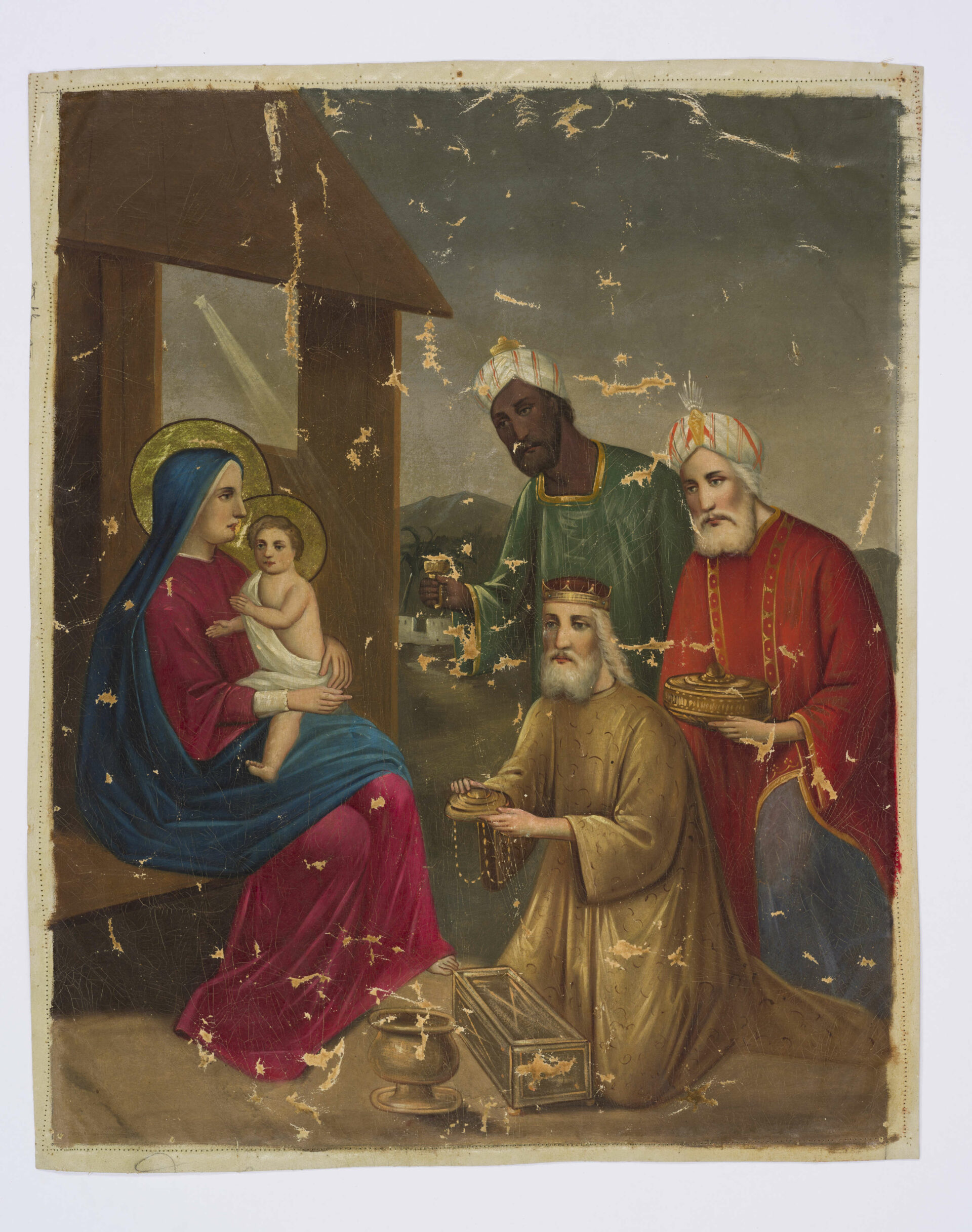Estimated reading time: 2 minutes
According to the well-known story in the Gospel of Matthew, the Star of Bethlehem guided Wise Men, Three Kings, or Three Magi, to Jerusalem some 2,000 years ago. But who were they?

The Gospel of Matthew (2:1–12) speaks of Magi, or wise men, who followed a star from the East to Bethlehem in search of a newborn king. There they found Mary and the baby Jesus and offered him gifts of gold, frankincense, and myrrh. As gentiles who acknowledged Christ’s divinity, the Magi claim an essential role in the Epiphany, the manifestation of God to the world.
By the Middle Ages, most people believed that Three Kings symbolized the three ages of man. In line with Matthew’s Gospel, the Magi journeyed from the East, so they could be Persian.
However, later commentators proposed that they represented the three known continents: Europe, Asia, and Africa. From a wide assortment of names suggested for the Magi, those that eventually prevailed were Gaspar (or Caspar), Melchior, and Balthasar. But the names, like the lands of origin, were never consistently assigned to a particular king.
Saint Matthew describes Three Kings as the Magi, but later their names were associated with such terms as wise men, astrologers, and interpreters of omens.
Even though they were certainly not kings, they were surely educated and rich people. They are regular figures in traditional accounts of the nativity celebrations of Christmas and are an important part of Christian tradition.
The visit of the Magi is commemorated in most Western Christian churches by the observance of Epiphany, 6 January, which also serves as the feast of the three as saints. The Eastern Orthodox celebrate the visit of the Magi on 25 December.
